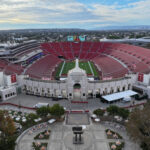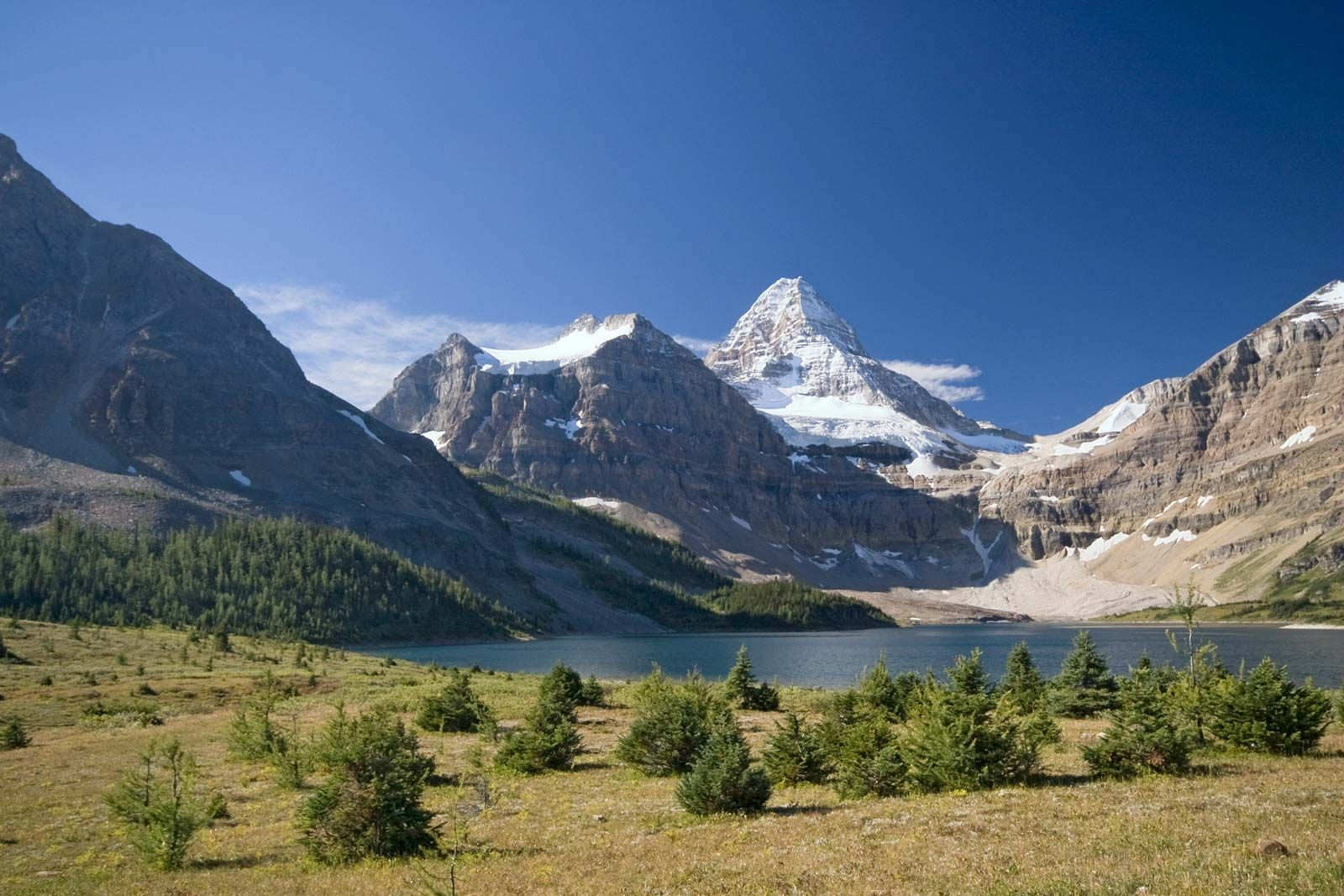 Mount Assiniboine in the Canadian Rockies
Mount Assiniboine in the Canadian Rockies
Canada, a land of breathtaking landscapes from towering mountains to vast prairies, holds the distinguished title of being the second-largest country in the world by area. But Where Is Canada Located exactly? Geographically, Canada occupies a significant portion of the North American continent, specifically the northern two-fifths. Its precise location places it north of the contiguous United States and northwest of Alaska, sharing a border with the U.S.
Despite its immense size, Canada is known for its relatively low population density. This combination of expansive wilderness and open spaces has profoundly shaped Canadian identity. As Anna Brownell Jameson, a writer who explored Ontario in the 19th century, described, Canada evokes a sense of “boundless wilderness” and “mysterious depths” – a land where nature reigns supreme. However, this vast nation is also home to a vibrant and multicultural society, welcoming people from across the globe. Beyond its stunning landscapes, Canada is a powerhouse of natural resources and innovation, contributing significantly to the global stage.
Canada’s Location on the World Map
To pinpoint where Canada is located on a world map, visualize North America. Canada stretches across the northern part of the continent, bordered to the south by the United States. It’s flanked by three oceans: the Atlantic to the east, the Pacific to the west, and the Arctic Ocean to the north. This strategic geographical position gives Canada a diverse range of climates and ecosystems, from temperate rainforests to arctic tundra.
Canada’s capital city is Ottawa, a significant urban center located in the eastern part of the country. Other major Canadian cities, such as Toronto, Montreal, and Vancouver, are strategically positioned across the country, reflecting its diverse geography and economic activities.
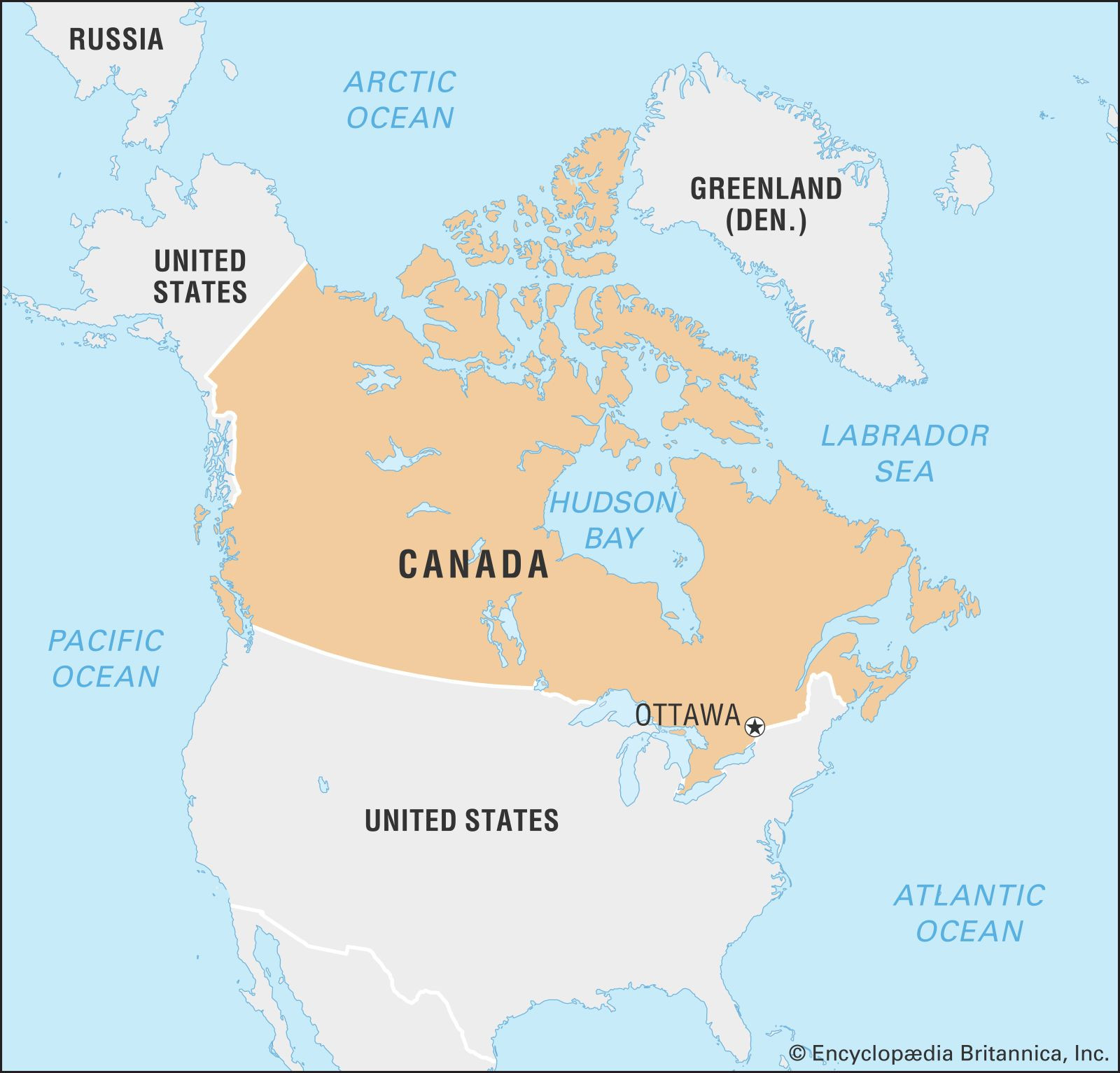 Locator map showing the geographical position of Canada in North America
Locator map showing the geographical position of Canada in North America
Historical Context of Canada’s Location and Name
The name “Canada” itself has historical roots connected to its location. Originating from the Huron-Iroquois word “kanata,” meaning “village” or “settlement,” the name was initially used by French explorer Jacques Cartier in the 16th century to describe the area around present-day Quebec City. Later, “Canada” became synonymous with New France, encompassing French territories along the St. Lawrence River and the Great Lakes.
Historically, Canada’s location was a point of contention between European powers, primarily France and Britain. After British conquest, the name Canada was restored, and in 1867, the British North America Act established the Dominion of Canada, uniting several colonies. This marked a significant step in Canada’s journey to self-governance, eventually leading to full legislative independence in 1982.
Bordering the United States: A Key Geographical Feature
A defining aspect of Canada’s location is its extensive border with the United States. Stretching 5,525 miles (8,890 km), it is the longest international border in the world that is undefended by military forces, symbolizing the peaceful relationship between the two nations. A significant majority of Canada’s population resides within 185 miles (300 km) of this border, highlighting the influence of this geographical proximity on Canadian settlement patterns.
While sharing a continent with the United States, Canada maintains a distinct identity. Historically, Canada’s development differed significantly from its southern neighbor, particularly in its rejection of the American Revolution. This has contributed to a Canadian inclination towards a more community-focused society and a role as a peacemaker on the international stage.
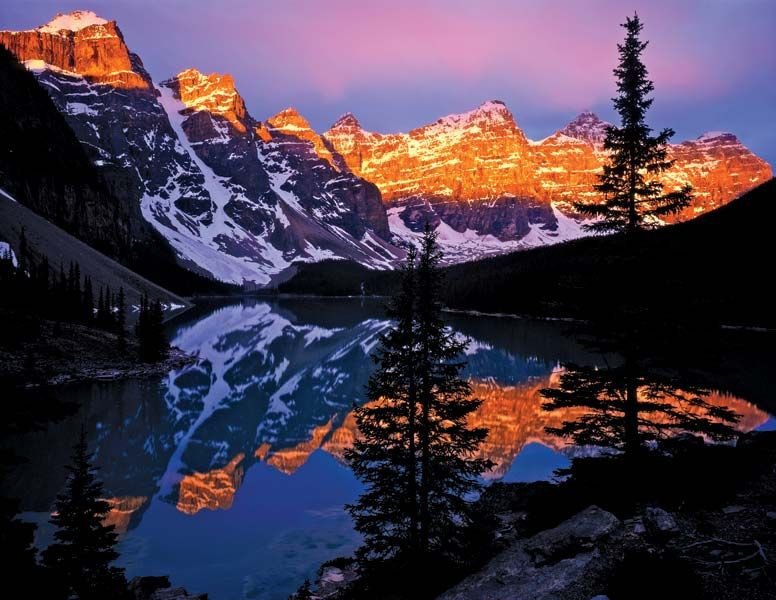 Moraine Lake in Banff National Park, showcasing the stunning natural landscapes of Alberta, Canada
Moraine Lake in Banff National Park, showcasing the stunning natural landscapes of Alberta, Canada
Canada’s Cultural Mosaic and Global Presence
Canada’s geographical location has also fostered a unique cultural landscape. Officially bilingual, reflecting its English and French colonial past, Canada embraces multiculturalism, enriched by Indigenous cultures (First Nations and Inuit) and waves of immigration from around the world. This diversity is evident in its cities, cuisine, and societal values.
Beyond its borders, Canada plays an active role in international affairs. As a member of the Commonwealth, La Francophonie, the United Nations, and the G7, Canada is committed to global cooperation and diplomacy. Its location in North America has also positioned it as a key player in North American trade agreements, further solidifying its global economic and political significance.
Major Canadian Cities and Their Locations
Canada’s major cities are strategically located, reflecting its vast geography and diverse economic activities. Ottawa, the capital, is situated in the east, while Toronto, Canada’s largest city, is also in eastern Canada, near the Great Lakes. Montreal, another major urban center, is located in Quebec, further east. In western Canada, Vancouver serves as a gateway to the Pacific Rim. Other significant cities include Calgary and Edmonton in Alberta, and Winnipeg in Manitoba, each contributing to Canada’s economic and cultural tapestry.
 Toronto skyline featuring the CN Tower, a landmark of Canada's largest city
Toronto skyline featuring the CN Tower, a landmark of Canada's largest city
Conclusion: Understanding Where Canada Is Located
In conclusion, Canada is located in the northern part of North America, a vast and geographically diverse nation bordered by the United States, and three major oceans. Its location has profoundly influenced its history, culture, and global role. From its indigenous roots to its multicultural present and its international engagements, Canada’s geographical position is central to understanding its identity and its place in the world. Exploring where Canada is located is just the beginning of discovering the richness and complexity of this remarkable country.

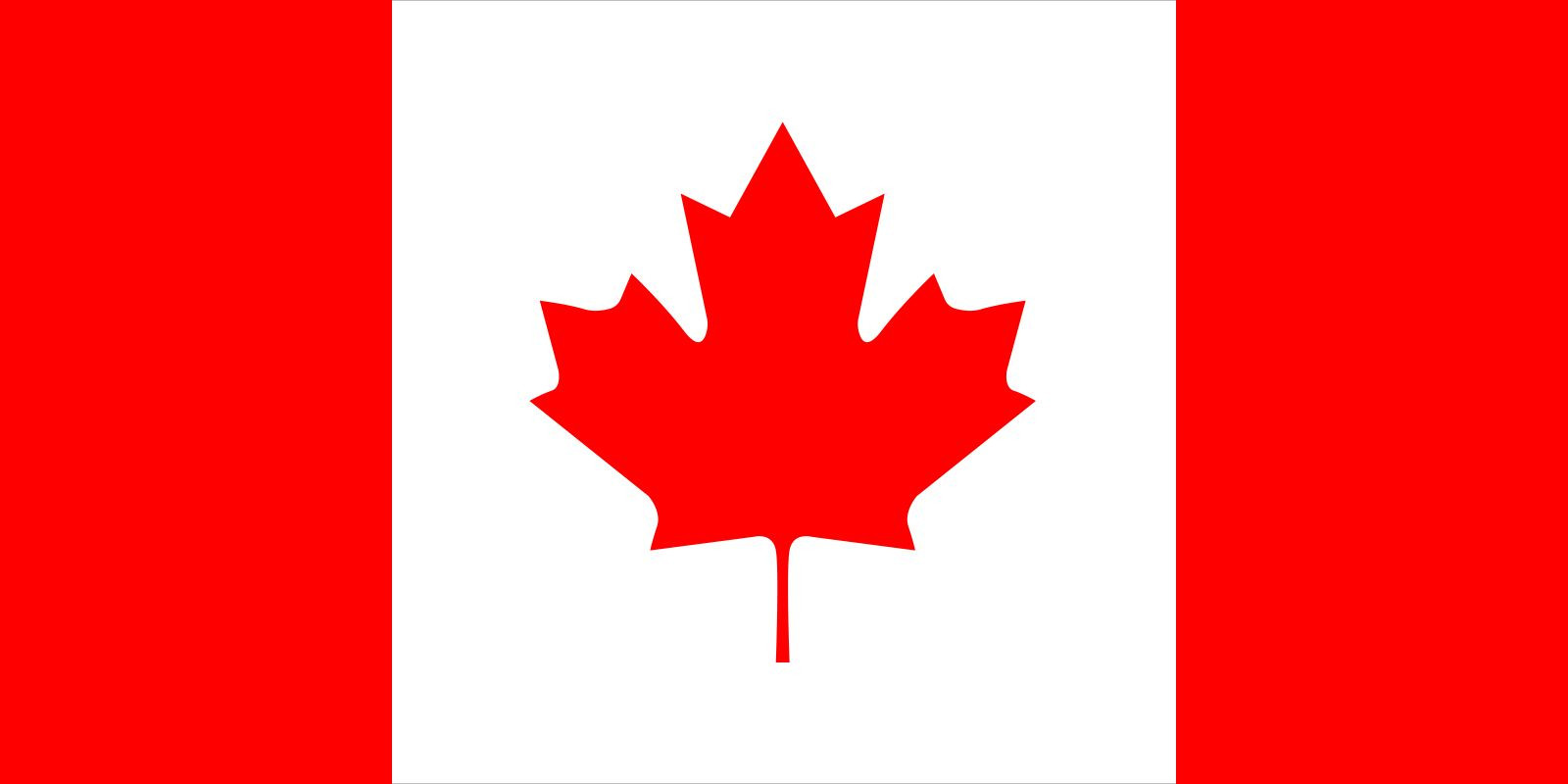 Flag of Canada waving proudly
Flag of Canada waving proudly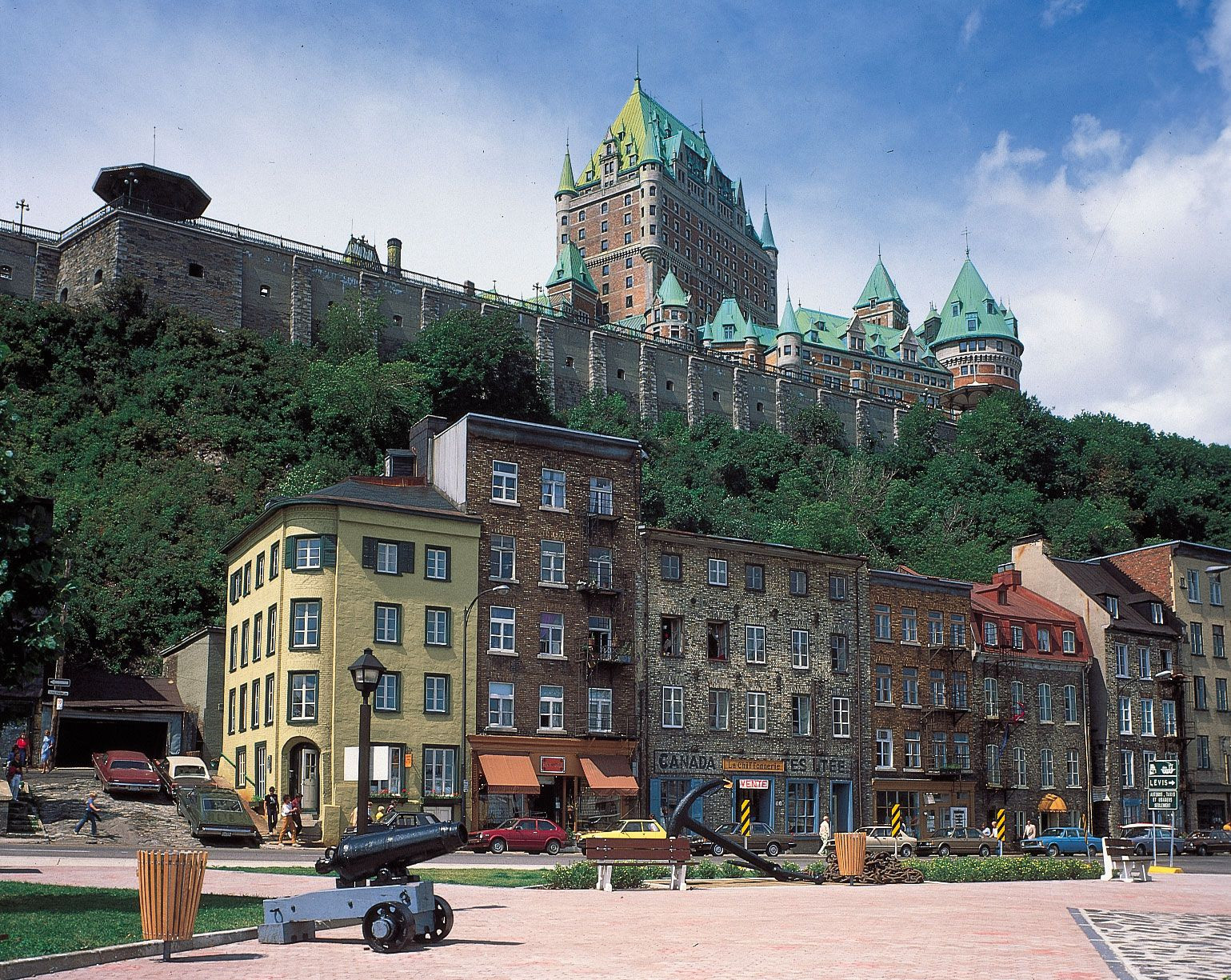 Château Frontenac, a historic hotel in Quebec City, reflecting French colonial architecture in Canada
Château Frontenac, a historic hotel in Quebec City, reflecting French colonial architecture in Canada